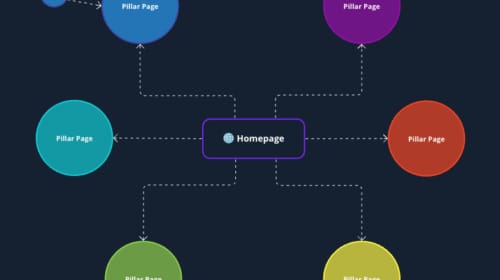5 Mistakes of Social Media Managers
In order to minimise these social media incidents and execute a well-managed social media strategy, there are a number of social media content management tools available to marketers. While some of these tools offer basic features for free (e.g. Hootsuite), most of the advanced features cost marketers a considerable amount of money, which requires careful consideration.
Decision makers in marketing departments who choose to invest in these tools give credence to the benefits they can offer, but do the day-to-day users of these tools really harness the full range of benefits? Are they aware of the reputational and analytical improvements they can bring to a business if utilised correctly?
Having worked with medium to large businesses with multiple business divisions and social media accounts, there are a few common mistakes internal marketing teams make when using these advanced content management platforms.
-
Not using the approval path process
Many people still create content calendars on shared drives and email each other for approval processes because sometimes it’s hard to change old habits. Thanks to smart content management tools, we can now choose an approval path for the content we schedule, which sends a notification to assigned users to review and approve. If not approved, the user can add a comment for the publisher to revise and re-submit. You can say goodbye to broken or missing URLs and typos that slip through the net…
-
Not tagging the content properly
We are living in a content-rich environment, which requires brands to stay on top of their content game to beat the competition. However, without reporting and analysis of your current content performance, it’s likely that your next campaign strategy will be at risk. To make content or campaign reports as seamless as possible, most of the content management tools have introduced a “tagging/labelling” feature, which allows marketers to assign specific tags/labels for each content type, source, campaign etc., to enable filtered reports in a matter of seconds. This all sounds great until you realise some marketers out there still rely on manual eye-scanning to pull content-specific data from each platform.
-
Dashboards who?
People like myself, who are used to working with ExCel spreadsheets, PowerPoints and social platforms’ native analytics tools, feel out of our “comfort-zone” when asked to use automated dashboards. The truth is, the dashboards provided by some content management tools pull consistent data without human-error and put you in the right position with your reporting and analysis along with saving you considerable amount of time!
It’s not uncommon to see some discrepancies between the data pulled from native tools vs the data from content management tools, but as long as you’re consistent with your reporting technique, your analysis shouldn’t be impacted.
-
Too many “admins”, lack of control
Those of you who use content management tools regularly know that many of these tools are priced per seat. As it’s pricy to give everyone unique login credentials and admin rights in an organisation, many organisations use shared logins among the employees. These shared admin rights make it difficult for each department to streamline the scheduling and content management process, resulting in mixed tagging structures, duplicate reporting, content overlap etc. To avoid this mess, it’s important to have one or two dedicated users who keep track of campaign tags, reporting dashboards, asset libraries and inform the teams on how to use them correctly. Remember, being organised is key to success when it comes to content management and error-free reporting.
-
Not realising the full potential of the tools
This could apply to all of the above points, but it’s important to mention how some companies end up wasting money by investing in multiple tools that offer the same or similar services. This occurs because of the lack of understanding the tools’ full potential.
Here at LEWIS, we are always on the lookout for new tools and technologies that can enhance our services, but before we make a decision, we make sure it is communicated to our global network to avoid duplication of efforts. Once a tool is purchased, we ensure everyone who will have access to it is well trained and can harness the full potential. This approach has helped our agency to make the best use of all marketing tools out there.
Next time you consider a content management tool for your business, make sure to avoid these common mistakes to get the best value for your money. Here are a few tools worth checking out, for example, Socialbakers, Sprinklr, Spredfast and Sprout Social.



